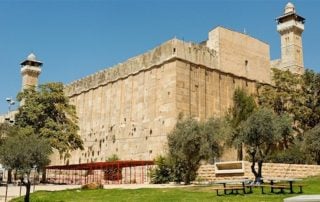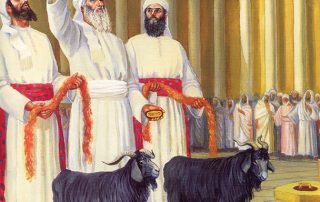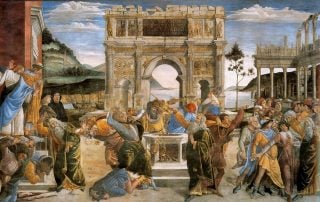The Entangled Twins
Entanglement is often called the most baffling and the most quintessential aspect of quantum mechanics. What is entanglement, in a nutshell? Two particles born out of one reaction (or two particles that interacted through a collision) remain connected, no matter how distant from each other. A change in the status of one particle instantaneously causes a change in the status of the other particle. Einstein called it "spooky action at a distance." Entanglement is often associated with a certain symmetry and corresponding conservation laws. For example, the law of conservation of angular momentum requires that the spin (the quantum-mechanical analog of the angular momentum) of two entangled particles always point in the opposite directions. This means that, if two entangled particles have their spin in a state of superposition of Up (↑) and Down (↓), and we collapse [...]







